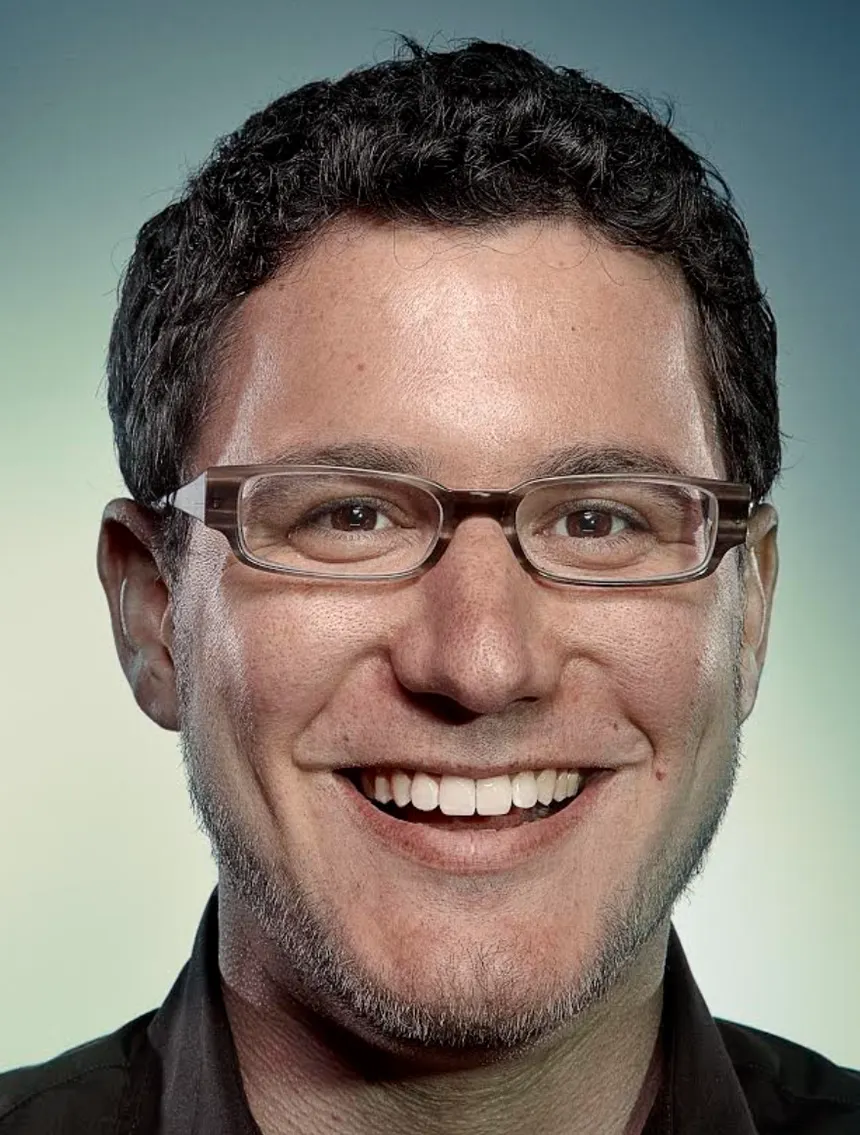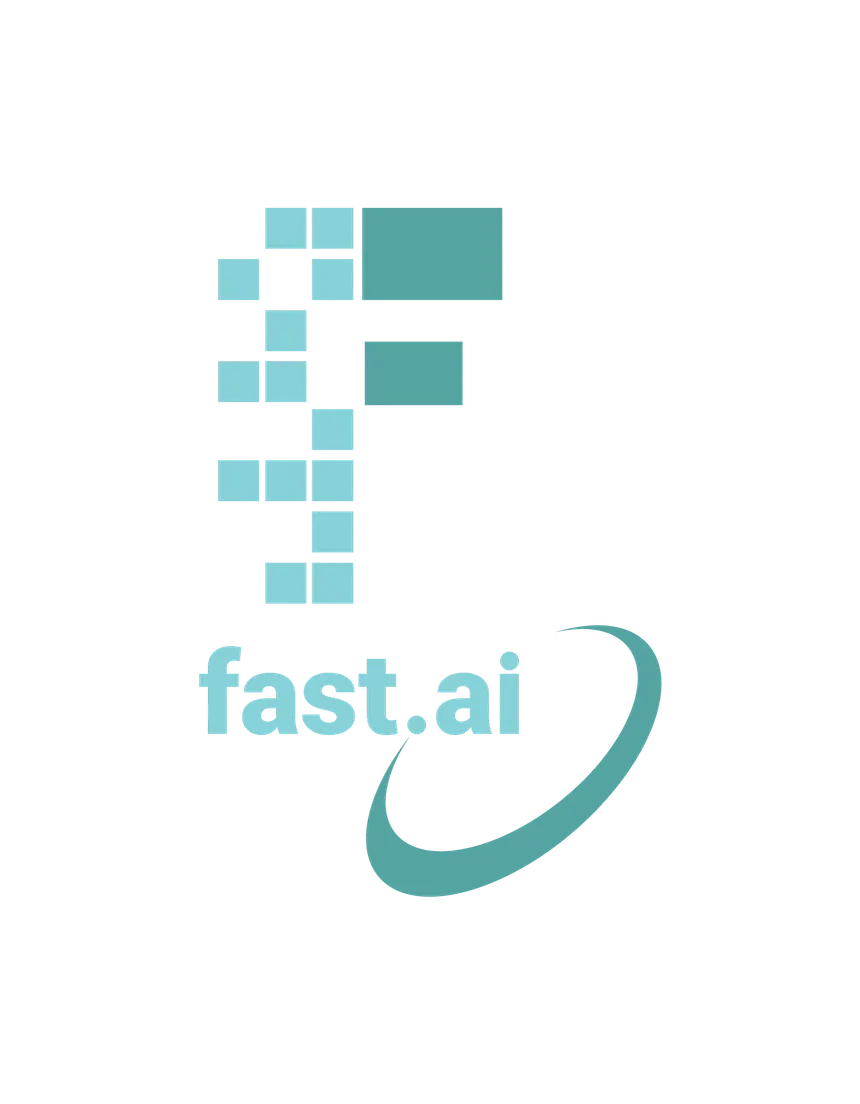How To Solve It With Code
There is a grain of discovery in the solution of any problem.
— George Pólya (1945), How to Solve It
Ever tried to build something with AI and gotten stuck? You're not alone.
Something interesting happens when people start using AI for coding. At first, it feels magical - like Keanu Reeves in The Matrix suddenly knowing kung fu. You can create an app in 15 minutes that would have taken weeks before.
But then reality hits: you need to make changes, add features, fix bugs. The magic starts to fade, and many hit a wall they can’t get past.
I want to share with you something that, for me at least, has turned out to be an effective antidote: the "solveit method", a modern approach to building software, writing, solving problems, and learning, inspired by George Pólya’s How to Solve It and the fast.ai top-down education tradition of learning by doing.
We're running a 5 week course teaching this approach starting Nov 3rd, and are providing access to our new software platform which supports it. Tl;dr—what's included (also see the course details page):
- 5-week (10-lesson) course (Mon/Wed, 3pm PST, starting Nov 3) teaching the Solveit method through real projects, web apps, data tools, article writing, and more (all sessions recorded, watch anytime)
- Free access to all 16 lessons from the first preview course
- Fully automated full refund any time in first 2 weeks
- Access to the SolveIt platform: your private, cloud-based Linux dev/writing environment with AI integration
- Live support from Jeremy, Johno Whitaker (fast.ai veteran), and the fast.ai team
- Thriving Discord community, even more supportive than the fast.ai forums
- Early access to Eric Ries's new book + lessons on how the Solveit method applies to writing, startups, and organizational learning. (Lean Startup and the Solveit method are two sides of the same coin: shorten feedback loops & learn fast.)
If you'd like to join us, click the Sign Up link in the top right. Or read on, to find out more about what we're doing, and why…
I'm Jeremy Howard from fast.ai
 I guess you already know about my work at fast.ai. Eight years ago, Rachel Thomas and I launched fast.ai with a mission to democratize artificial intelligence. We believed AI would become one of the most significant technologies in history, and, if widely distributed, felt like it could empower people all around the world to create anything they could imagine. But if only a small elite understood it, we worried it could lead to inequality.
I guess you already know about my work at fast.ai. Eight years ago, Rachel Thomas and I launched fast.ai with a mission to democratize artificial intelligence. We believed AI would become one of the most significant technologies in history, and, if widely distributed, felt like it could empower people all around the world to create anything they could imagine. But if only a small elite understood it, we worried it could lead to inequality.
Back before the dawn of the AI revolution, we created the world's first certificate in deep learning here in 2016, and invented the first LLM. With my students in 2018 we built the world's fastest model.
After teaching so many people to use AI, I've discovered something important: there's a completely new way to combine AI with coding (and writing, and learning, and…), and I want to share it with you. We ran a small preview with the first 1000 students a year ago (many of whom were already extremely successful AI practitioners)—here's some examples of what we heard (there are hundreds more real testimonials you can read):
- Chris Thomas, an AI consultant and solutions developer with over 25 years of programming experience, wrote a detailed review in The Human is the Agent: How SolveIt Changed My Programming Journey After 25 Years
- Dr. Daniel Plate, a Professor of English, said that "the Solveit approach provides a hedge against AI tools that totally replace the human creator. [It] comes out of a philosophy of AI that fits with a deep commitment to craft and attention to detail"
- Daniel Jelinko, an ML engineer at rebuz.fr, told us that "Where Solveit makes all the difference is that it doesn't just help you reach your initial goal, but it helps you better understand the problem you are tackling and makes solving it more enjoyable. As a result, it gives you more confidence to aim higher and take on more challenging problems."
- Jeffrey Roach, a Manager and Machine Learning Scientist at System1, explained "You avoiding wasting time wrestling with abstract issues or fighting the LLM to give you quality output. The whole process empowers you to learn and build products at a pace far faster than you'd expect."
Over the last year we've been working on improving it further, and we're now opening this course to you all—you can sign up here.
Introducing the Solveit Method and Platform
It is not enough to understand the solution of a problem; you must also understand how it was found
— George Pólya, How to Solve It
The Solveit method is founded in building in small steps, with quick iterations, and immediate feedback. The details of how to do that vary across domains. For instance, for coding, the approach is based on the system we have developed over the last decade with nbdev. We write 1-2 lines of code at a time, and them immediately show the result of those steps. Once we have a series of steps that solve a part of our problem, we package them up into a function. You can see this for example here in the literate source code to the Claudette library, where we step-by-step explore how the Anthopric SDK works, and then gradually build deeper abstractions over it, eventually leading to a complete agentic tool loop in a dozen lines of code.
This is basically the opposite of where the rest of the world seems to be heading, towards huge complex artifacts implemented by AI. The software being developed for this world encourages zero learning, zero craftsmanship, and zero human agency.
We realised we had to create a new system for building using the "solveit method", because we were totally unsatisfied with everything else out there. So we built a new "Solveit" software platform. Solveit combines the best pieces of ChatGPT, Jupyter, Claude Code, and Cursor, along with a whole bunch of new innovations, and packages them with a full Linux server that you control. Every piece of Solveit has been designed to put you in full control, to maximize your learning, and allow you to exercise and develop your craft.
While the Solveit platform is the best place to practise the Solveit methodology, the core principles can be applied to any problem on any platform. We expect that some students will join us and do the majority of their work within Solveit, while other students will continue to use their existing tools for most of their work. Either way we expect all students to become better problem solvers.
The truth is, we didn't build Solveit for you. It's actually something we built internally. My co-founder, Eric Ries, convinced me that our charter as a Public Benefit Company ethically required us to share what we had built with the world. In hindsight, I'm glad I listened to him. To hear more about the background of Solveit, and see it in action, check out our interview on Latent Space (hit f when playing or click in the bottom right to see full-screen):
Sorry!
I apologise. I know the previous section doesn't really explain in any usable way what either the process nor the platform is. It is, quite frankly, difficult to distill the results of my last three decades of research into AI and software development into a few paragraphs! Our course will have 15-20 hours of examples, discussion, and practice, and I know from the preview course that, by the end, folks really get it and really like it.
So rather than try to convince you, I've decided to do this for you:
You can get an automatic full 1-click refund any time in the first two weeks.
There's a big "refund" button on the dashboard as soon as you login. There's no form to fill out or anything like that -- you click the button, you get a full refund.
Also, I've decided that all the videos from last year's course will be available immediately to current students. So, one good way to decide if this course and platform is for you would be to sign up and watch some of those videos. If you find you don't like it for any reason, click the refund button.
Also also, we decided to make this 90% cheaper than the last fast.ai course. (That cost 10x more than we're charging for How to Solve it With Code today.)
Also also also, we've decided to make the full intro to the Solveit platform available publicly, so you can see exactly how the platform works in full. Here 'tis:
Is this course for me?
The preview version of this course had folks from a wide variety of backgrounds. Although very experienced coders and AI researchers were the most common, attendees included a professor of English, high school students, physicists and astronomers, and more.
You should feel at least somewhat comfortable writing code, but you definitely don't need to be a full-time software engineer. You should be at least somewhat familiar with Python, but you needn't be an expert at it. Just like in fast.ai courses, you'll come away from the experience with a much deeper appreciation of programming ideas that weren't previously in your toolbox.
We found that the most successful students were those that wanted to understand their code, not just copy-paste. They had a deep desire to build enduring things, not just experiment. Some students had spent a lot of time with AI coding tools, and were already very aware of their limitations—but students with no background in AI coding told us they got a lot from the course too.
Eric Ries and the Lean Startup
 The one person that's made a bigger positive impact on my life in many years is Eric Ries. You would know him as the creator of The Lean Startup (which introduced ideas like The Minimal Viable Product into the world), founder of the Long Term Stock Exchange, and much more. He is, in my opinion, the world's foremost thinker on startup building. Eric & I created Answer.AI together, the company of which fast.ai is now a part. We realised that the Lean Startup method and the Solveit method are actually two sides of the same coin. They are both about dramatically shortening iteration cycles, and getting and reacting to real information at each step. With Solveit, we take this idea right into the weeds of building, writing, and solving.
The one person that's made a bigger positive impact on my life in many years is Eric Ries. You would know him as the creator of The Lean Startup (which introduced ideas like The Minimal Viable Product into the world), founder of the Long Term Stock Exchange, and much more. He is, in my opinion, the world's foremost thinker on startup building. Eric & I created Answer.AI together, the company of which fast.ai is now a part. We realised that the Lean Startup method and the Solveit method are actually two sides of the same coin. They are both about dramatically shortening iteration cycles, and getting and reacting to real information at each step. With Solveit, we take this idea right into the weeds of building, writing, and solving.
Eric will be teaching lessons in the course about how to write using the Solveit method, and how to incorporate what we are learning into building successful businesses. He's finishing his new book as we speak, which is all about how to create successful organizations that stick to the founders' mission and values for the long term. Members of the course will have the opportunity to be amongst the first in the world to read the book, and we'll be showing how the Solveit method can help get the most out of reading. Folks in the US can also get a free physical copy (once released).
Future of fast.ai
Since you've read this far, I'm guessing you're interested enough in what's happening that you'd like to know a bit about what's next. So here's a sneak peak…
We're focusing right now on how to use AI effectively because that's more important for more people right now than how do I train a model; but we're going to create focussed courses next year showing:
- How an LLM really works, how to fine tune them, and how to create one from scratch (i.e the next version of the classic fast.ai deep learning course, but with a change in emphasis from vision models to language models)
- How to create a web app and understand how it works from scratch
- How servers work, how to set them up, how to administer them, and how to take control of your servers
- How to create a startup, and how to ensure it reflects your vision and values in the long term (joint course with Eric Ries).
So basically, we're planning to take each piece we cover in this 5-week course, and turn it into a complete course of it's own. Each of these will take advantage of the Solveit platform and approach. So what you learn now will be something you can leverage and further develop in the future.
If you're interested in joining us, check out the course details, or sign up now.
